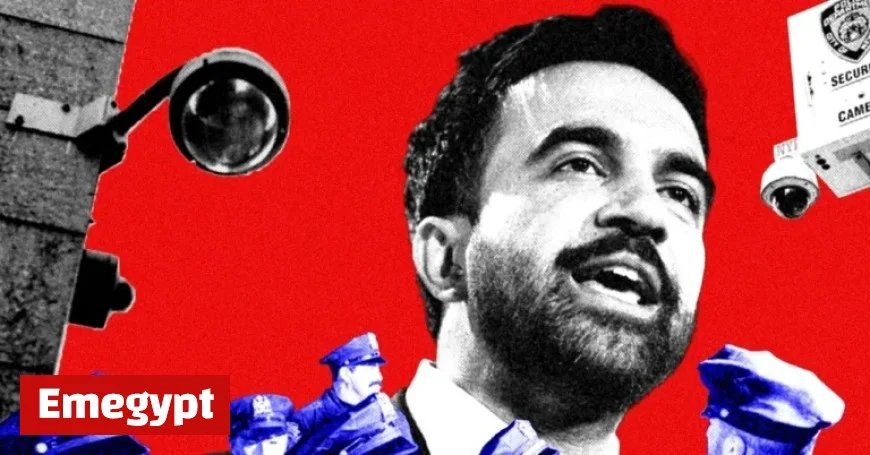Zohran Mamdani Takes Charge of NYPD Surveillance State

Zohran Mamdani has recently assumed a significant role in New York City’s law enforcement, particularly focusing on the NYPD’s controversial surveillance framework. His elevation comes amid ongoing debates about the implications of mass surveillance in policing.
NYPD’s Surveillance Evolution
The NYPD’s journey into mass surveillance began shortly after the September 11 attacks. Under former Commissioner Raymond Kelly, the department secured substantial federal anti-terrorism funding, reshaping its approach to public safety.
Key Figures in NYPD’s Surveillance Strategy
William Bratton, another former commissioner, played a pivotal role in the development of the NYPD’s reliance on data analytics. During the mid-1990s and again starting in 2014 under Mayor Bill de Blasio, Bratton launched the CompStat analysis system. This system helped in compiling and analyzing crime data.
The Domain Awareness System
Jessica Tisch significantly influenced the direction of the NYPD’s surveillance capacity. She is credited as a key architect behind the Domain Awareness System (DAS), a sophisticated surveillance network valued at approximately $3 billion.
- Tens of thousands of surveillance cameras
- License plate readers
- Gunshot detection technology
- Data from social media and cryptocurrency
- Biometric data analysis
- Real-time video from body-worn and dashboard cameras
This extensive infrastructure covers New York City’s 468-square-mile area, inspired by similar systems like the “ring of steel” in London. Initially established for anti-terrorism efforts, the DAS has also been promoted to other police agencies as a potential revenue-generating tool.
Controversy Surrounding Surveillance Practices
The DAS has been operational for over a decade and has faced scrutiny from various civil society organizations, including the New York Civil Liberties Union. Concerns over data retention practices and privacy violations have sparked ongoing legal challenges.
Recent Legal Action
In late October, a Brooklyn couple and the Surveillance Technology Oversight Project (STOP) filed a lawsuit against the NYPD. The suit alleges that the department’s persistent mass surveillance infringes upon New Yorkers’ constitutional right to privacy.
According to the lawsuit, officers can utilize advanced computer vision software to track individuals across the city. This capability allows them to follow a person using simple descriptors, such as clothing color, effectively turning patrol officers into mobile surveillance units without warrants.
The Future of NYPD Surveillance
As Mamdani takes charge, the impact of surveillance technology on civil liberties remains a crucial topic. The ongoing dialogue about the balance between public safety and individual privacy rights will shape the future of law enforcement in New York City.





























